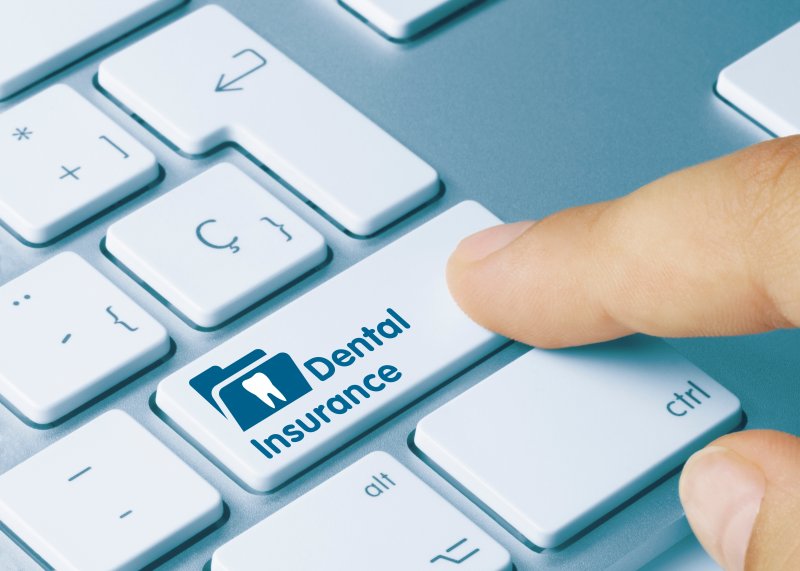
Do you know what services are and aren’t covered by your insurance plan? Don’t be embarrassed if the answer is “no” – plenty of people are in the same boat. Understanding your coverage is important if you want to maximize your dental insurance benefits, so if you don’t fully understand your plan, it’s a good idea to ask your dentist in Dallas for help. The following post explores what dental insurance coverage typically looks like as well as common insurance terms you should know.
What Dental Insurance Coverage Usually Looks Like
No two dental plans are the same, but most of them do follow what’s known as the 100-80-50 structure. Under this structure, the amount of coverage provided for a given service depends on what category it falls under:
- Preventive care like checkups, cleanings, routine X-rays, and more are 100% covered under most plans. This is done to encourage patients to get the care they need to keep their mouths healthy so that they (and their insurance companies) are less likely to need to pay for more costly treatments.
- Standard treatments like fillings and gum disease therapy usually receive 80% coverage. This is less than what is available for preventive care, but your insurance company is still paying the majority of the cost.
- Major treatments such as crowns, bridges, and tooth extraction often get around 50% coverage. In other words, the more complex types of care tend to receive less coverage from the majority of insurance companies. It’s therefore in your best interest to either avoid dental problems altogether or have them treated as soon as possible.
Note that most plans do not include any coverage whatsoever for teeth whitening and other cosmetic treatments. There may be exceptions, though, especially if a cosmetic treatment does have some kind of oral health benefit.
Common Dental Insurance Terms
In addition to learning about the structure of your dental insurance plan, you should also familiarize yourself with these common insurance terms:
- Premium: The amount you pay every month to maintain your insurance coverage.
- Deductible: The amount that you need to pay out of pocket before coverage takes effect.
- Copay: The flat fee you pay yourself whenever you visit the dentist.
- Coinsurance: The remaining percentage you need to pay out of pocket after coverage is applied. (For example, for fillings that are 80% covered, your coinsurance is the last 20%.)
- Annual Maximum: The total amount that your dental insurance will pay for coverage in a year.
Do you still have questions about your dental coverage or some of the terminology used by your insurance company? The team at your dental practice will be more than happy to review your plan with you. The more familiar you are with your dental insurance, the easier it is to get your smile the care it needs at an affordable price.
About the Author
At Midtown Family Dentistry of Dallas, we have multiple dentists under a single roof who always make sure that your loved ones are getting the high-quality dental care that they deserve. Our practice is in-network with MetLife and several other plans; we’re dedicated to helping all of our patients maximize their benefits. To schedule a consultation with us, visit our website or call (469) 529-6016.
